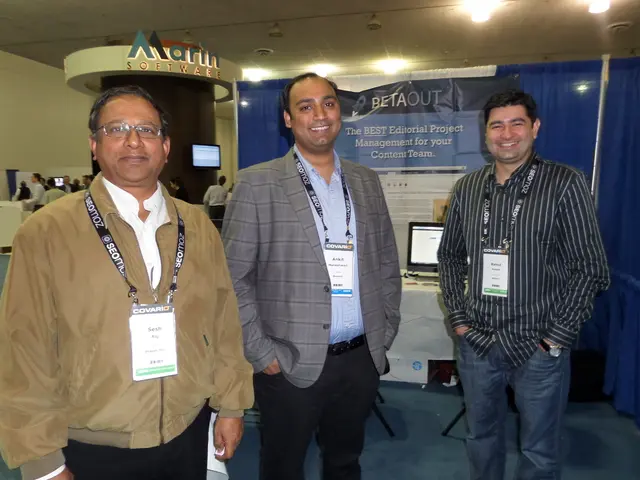Is there Basis for Confidence in AI's Role in Electrical Circuit Planning and Integrated Devices?
In the rapidly evolving world of artificial intelligence (AI), the challenges in trusting AI for the design and safety of safety-critical embedded systems, such as those used in autonomous vehicles and medical devices, are substantial. These challenges primarily stem from issues of transparency, security vulnerabilities, and human-AI interaction risks.
Key challenges include a lack of transparency and independent verification, where AI developers often control safety evaluations and disclosure of their systems' dangerous capabilities. This leads to incentives to underreport or soften alarming results, creating a critical trust deficit for regulators, investors, and the public. Independent third-party assessments are essential for credible safety verification, but they are limited in the catastrophic-risk domains.
Security risks and vulnerabilities are another significant concern. Safety-critical systems using AI are vulnerable to sophisticated attacks like prompt injection, data poisoning, and other breaches. Many organizations still lag in AI-specific security controls, creating a "security paradox" where AI's powerful data processing capabilities also generate unique vulnerabilities that traditional frameworks cannot address.
Human-AI workflow complexities and hidden vulnerabilities also pose a threat. AI is embedded into human decision-making workflows, and flawed AI predictions can degrade human expert performance instead of enhancing it. This masks rare but catastrophic failures that are especially dangerous in high-stakes settings like aviation, healthcare, or nuclear energy. Additionally, human experts tend to struggle with recognizing and recovering from AI mistakes.
Ethical concerns, data privacy, and regulatory challenges further complicate the matter. Privacy violations, bias in AI models, and the deployment of insufficiently tested AI applications raise pressing ethical and safety issues. These concerns may undermine user trust and expose organizations to legal and reputational risks.
Potential solutions to improve trust in AI for safety-critical embedded systems include mandatory independent third-party safety reviews, enhanced AI security frameworks and standards, advanced human-AI collaboration testing methods, implementing ethical AI guidelines and strong data privacy measures, and regulatory transparency and accountability.
These combined efforts aim to bridge the current trust gaps, mitigate risks inherent in AI-driven safety-critical systems, and ensure that autonomous vehicles, medical devices, and other embedded technologies are reliable and safe for real-world use. However, it's important to note that the trustworthiness of AI in a product's lifecycle path could improve in the next decade or two with the development of more advanced training models, architectures, and security precautions.
As AI continues to permeate various industries, addressing these challenges is crucial to build trust and ensure the safe and effective deployment of AI in safety-critical applications.
The embedded systems that utilize artificial-intelligence (AI) technology face substantial challenges in building trust due to a lack of transparency and independent verification, making it difficult for regulators, investors, and the public to trust the safety evaluations conducted by AI developers.
Security risks, such as prompt injection, data poisoning, and other breaches, pose a significant concern for safety-critical systems that are AI-driven, creating a "security paradox" where AI's powerful data processing capabilities also generate unique vulnerabilities that traditional frameworks cannot address.




